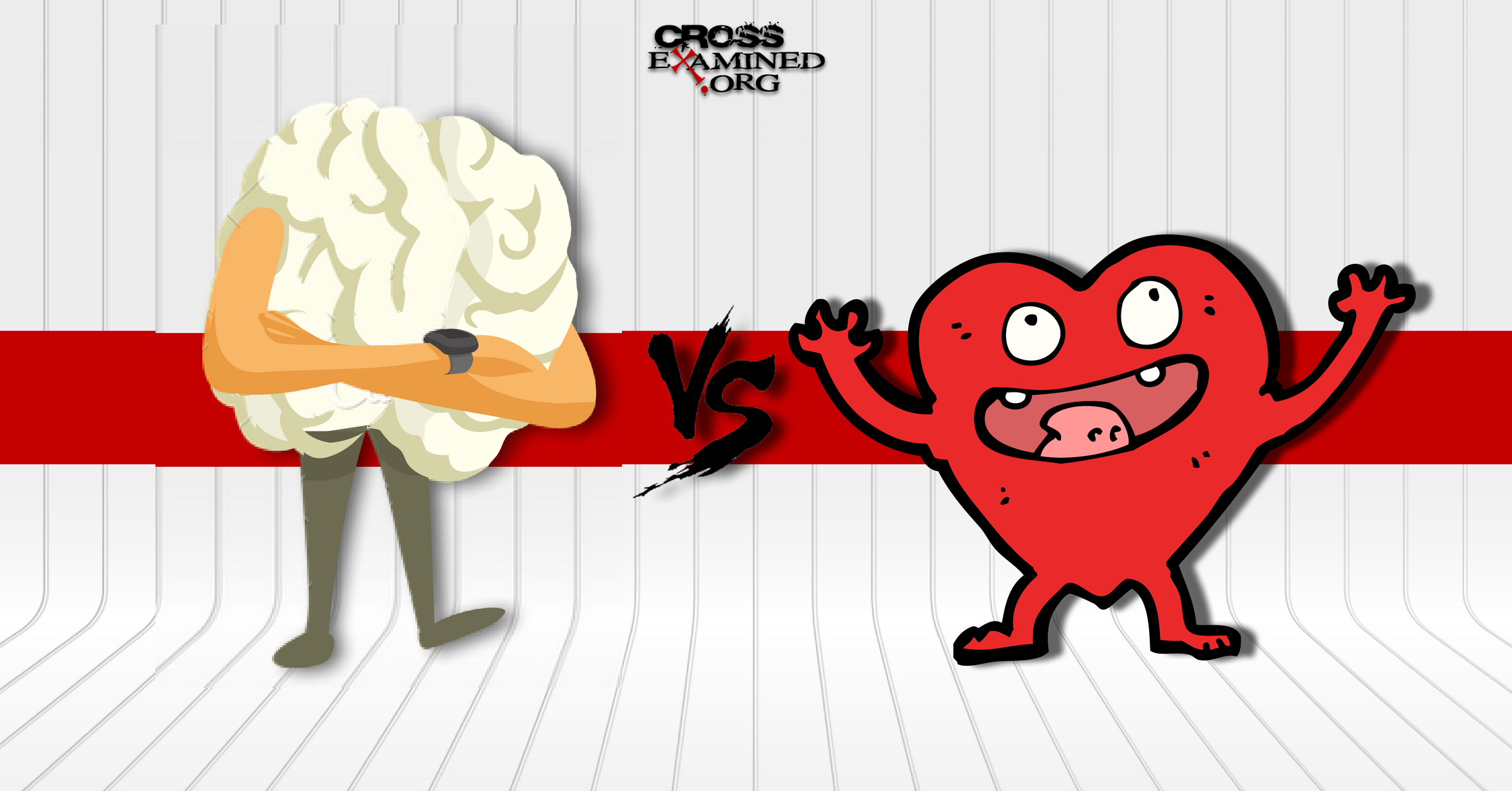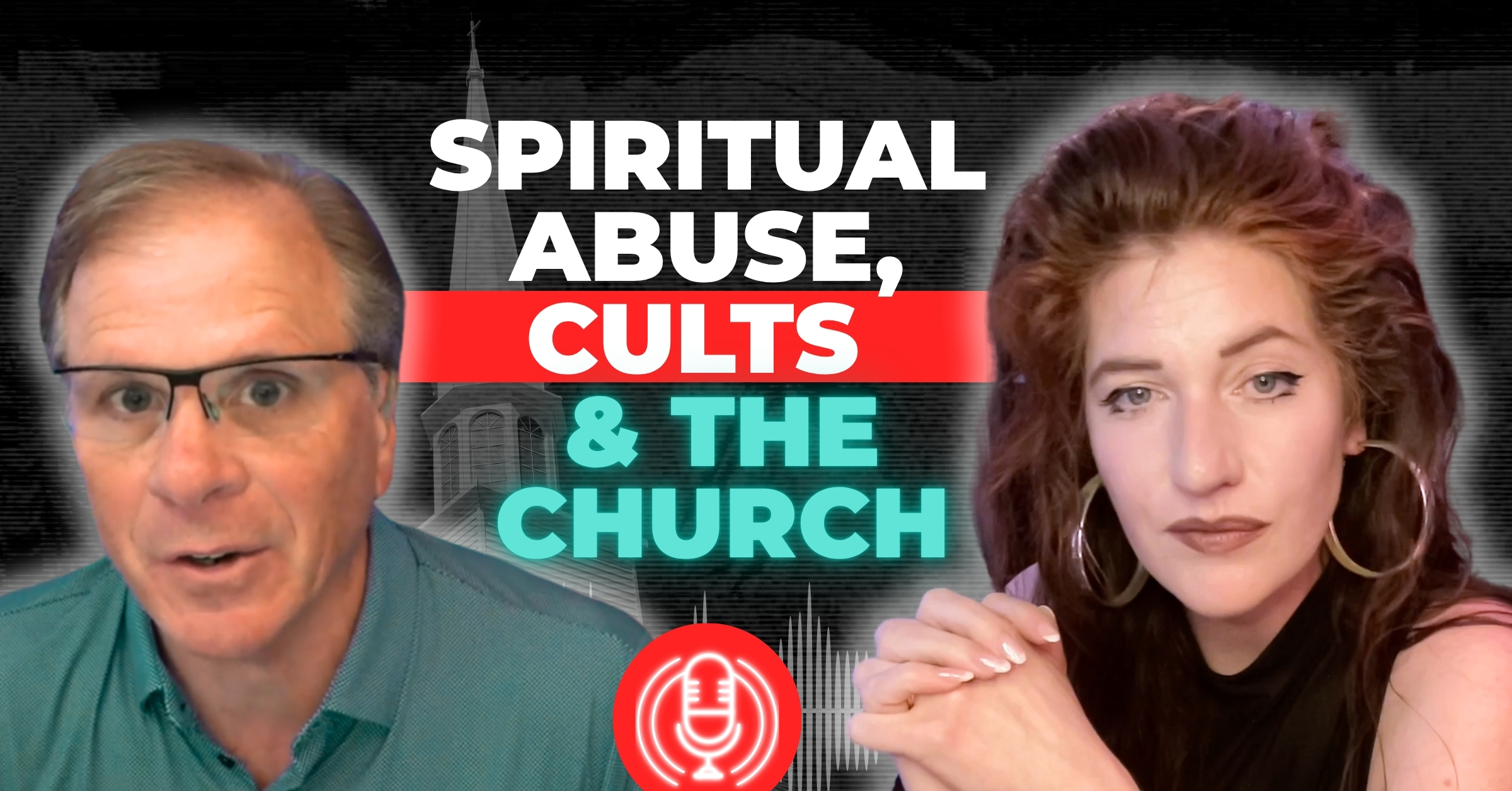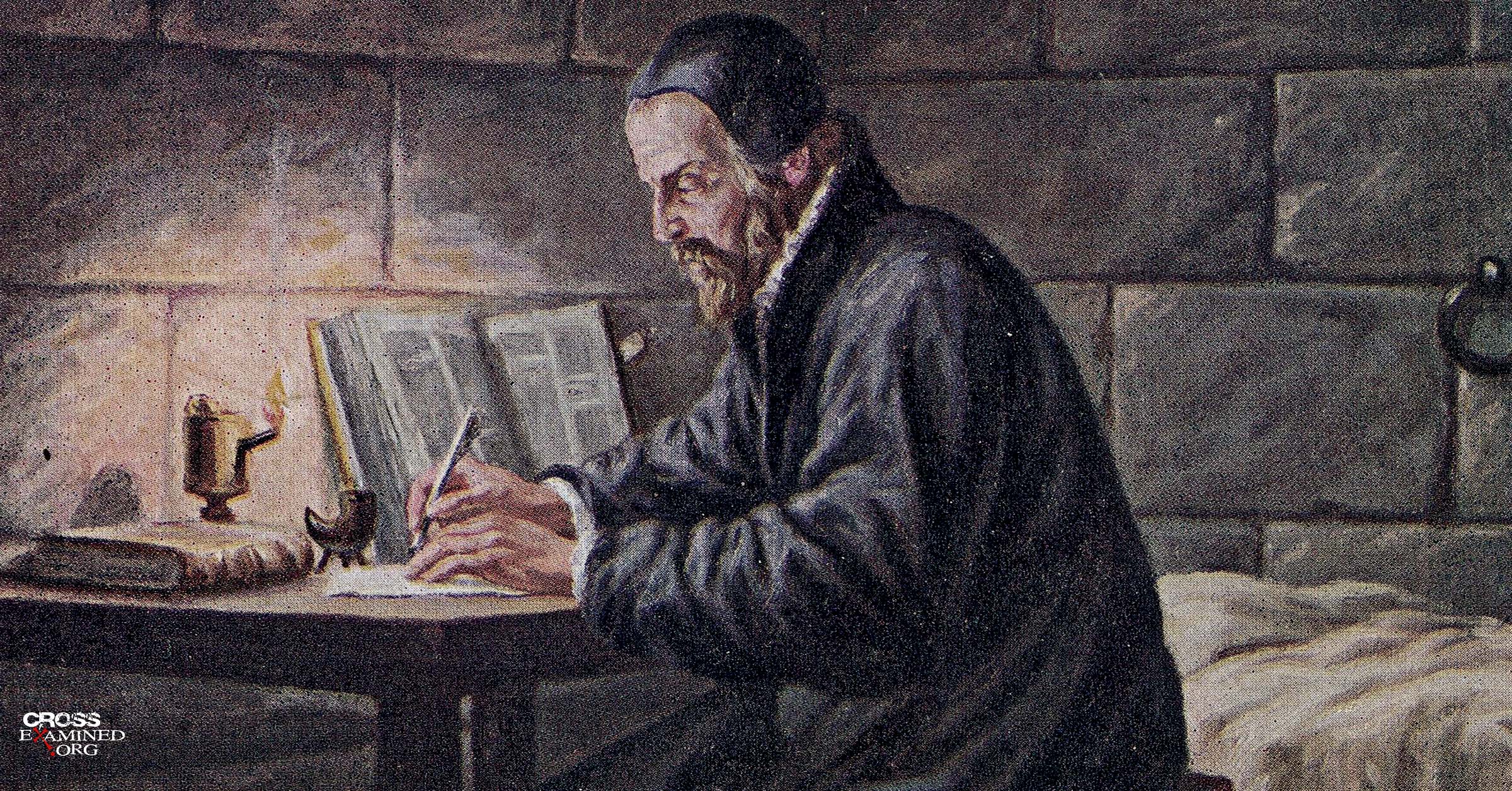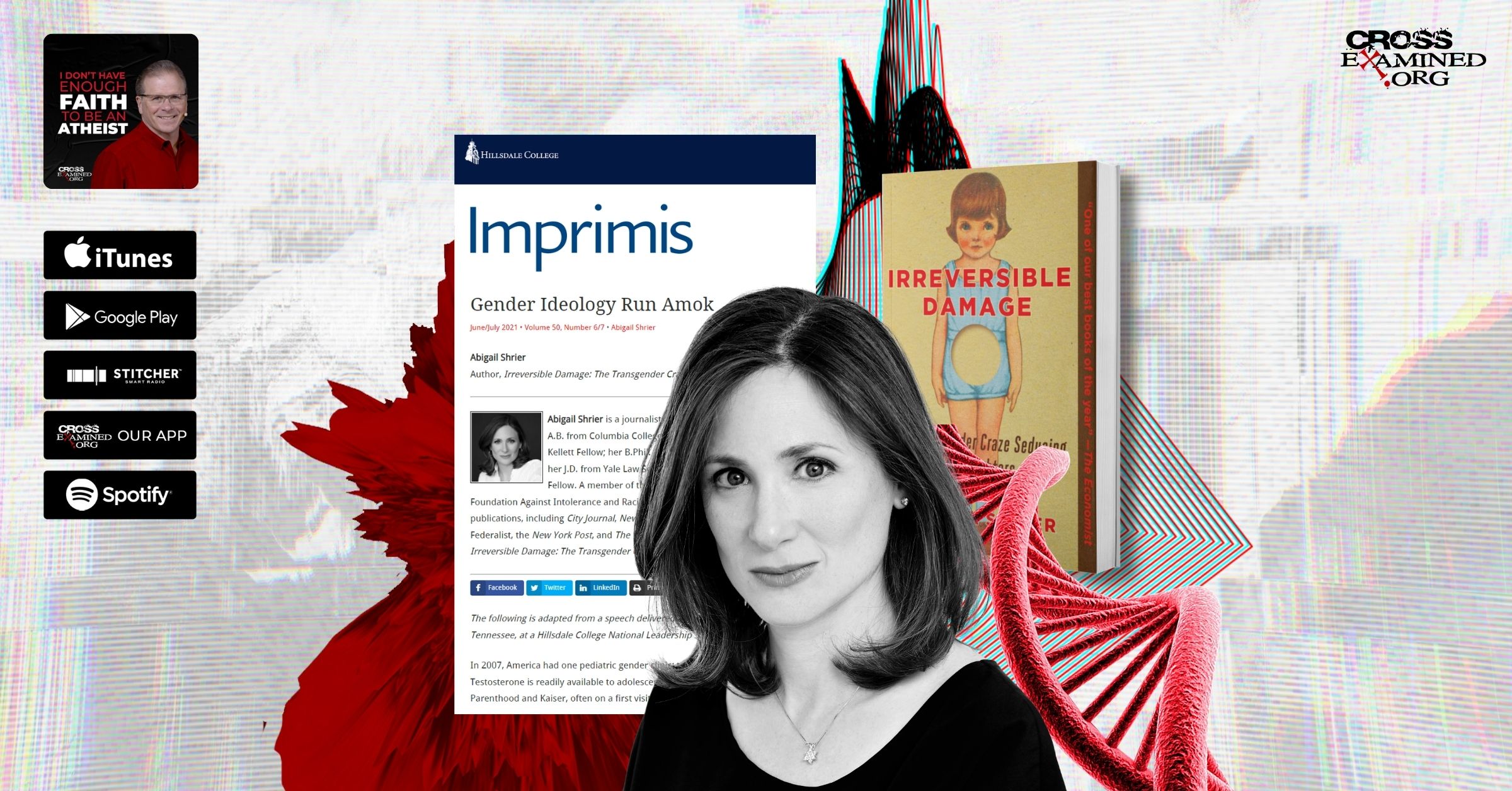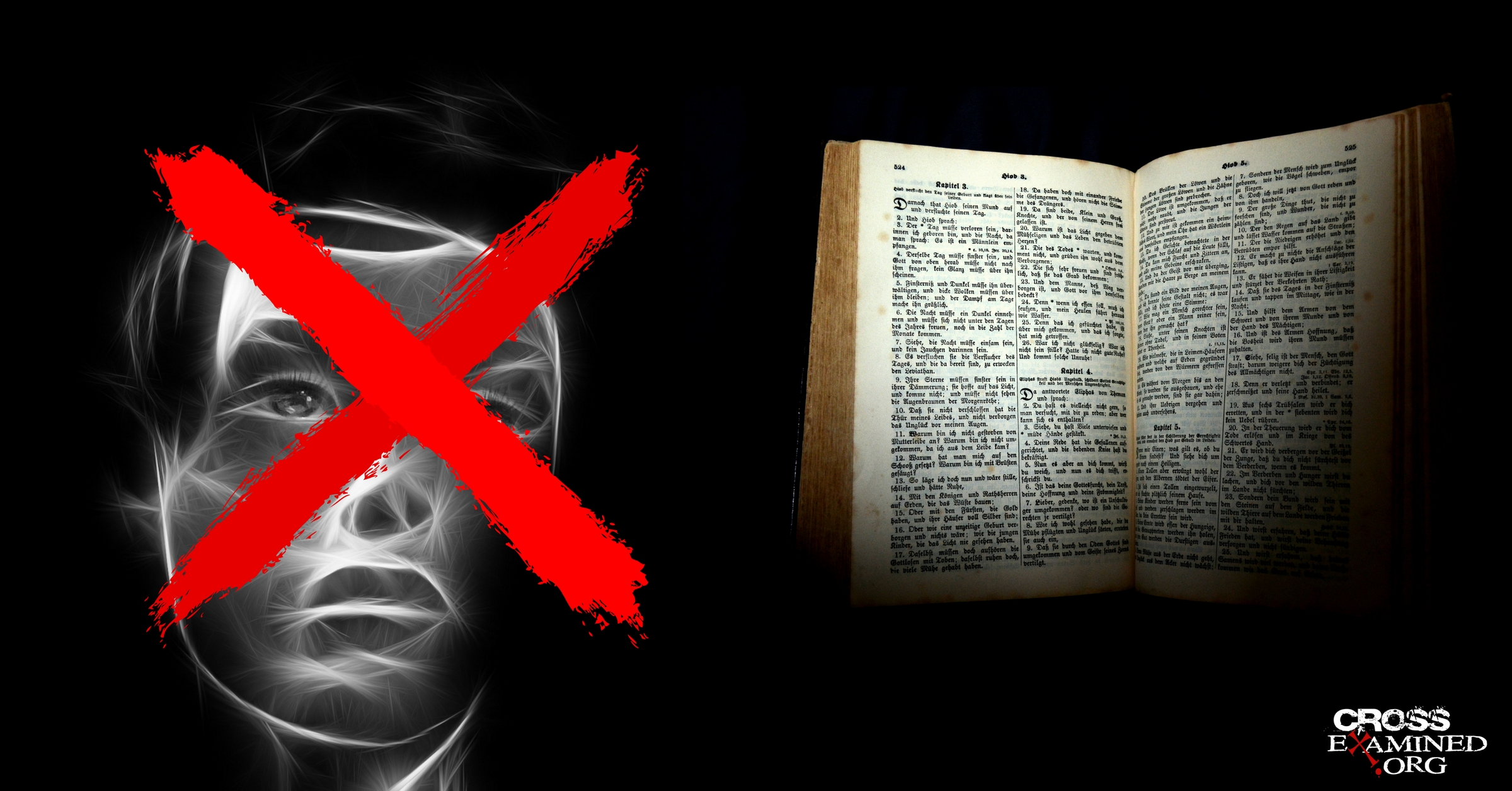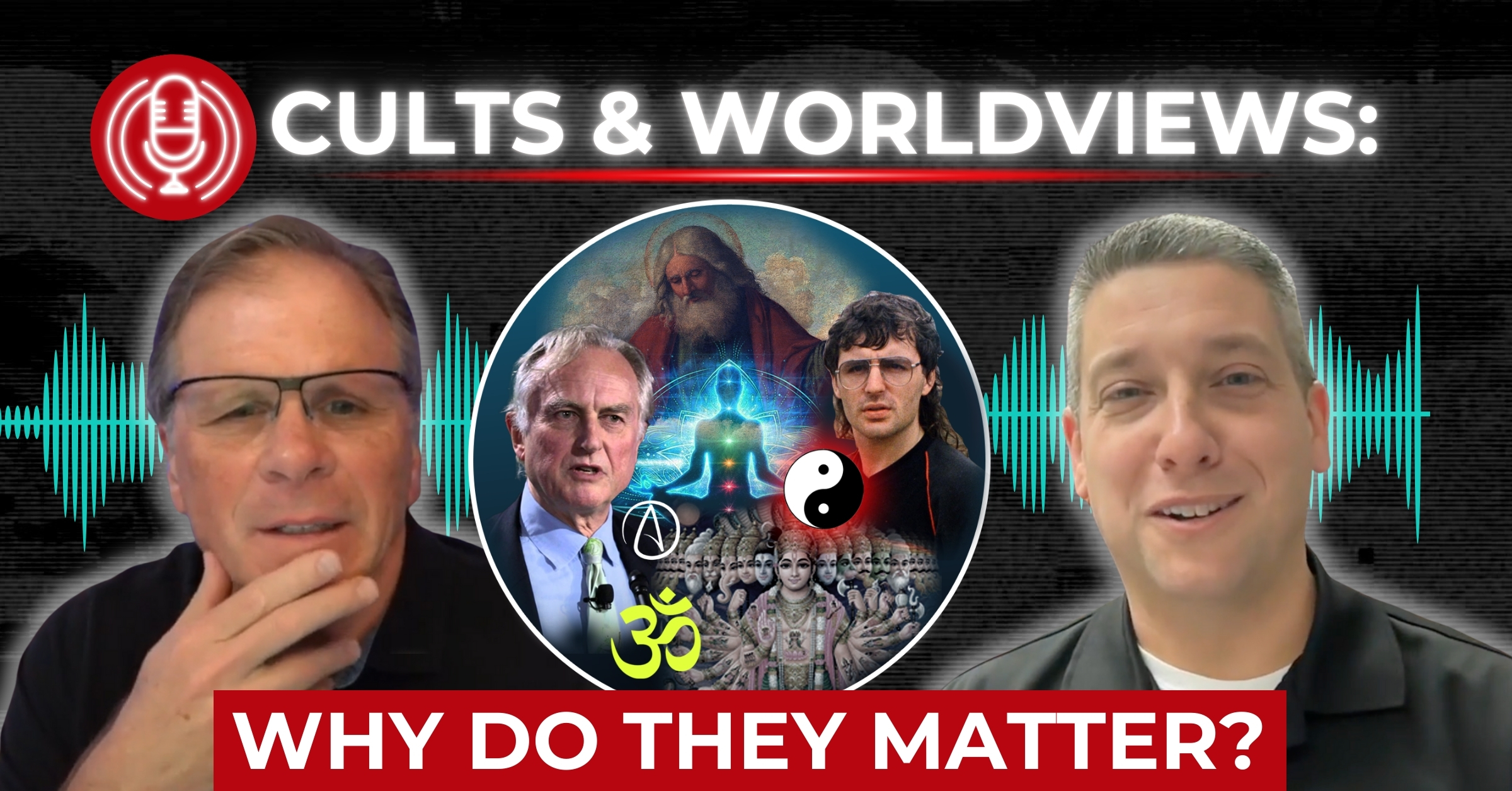33 Defenses for the Resurrection of Jesus: Part 2
[Editor’s Note: In part 1 of this series on the Resurrection, Brian Chilton laws out five lines of evidence for the resurrection in the Acronym: RISEN – Records of Jesus’s resurrection, Irritating details about the resurrection that show its truthfulness, Sightings of the risen Jesus, Early testimony about the risen Jesus, and the Newfound faith of the disciples. He then presents and explains how ancient records and irritating historical details point to the bodily resurrection of Jesus Christ. In Part 2 of this series, Chilton will explore how early testimony, resurrection sightings, and the newfound faith of key Christians point to that same resurrection event.]
Sightings of the Risen Jesus
The biblical texts reports many witnesses who saw Jesus alive. The resurrection appearances of Jesus were a very public affair. This makes it even more difficult to dismiss.
(15) 500 Eyewitnesses of the Risen Jesus
In the NT Creed of 1 Corinthians 15:3–9, 500 people were listed as eyewitnesses who saw the risen Jesus at the same time. Often, women were not included in public lists. If this continued with the early church, then only men were counted in this number. This would mean that possibly over 1,000 people saw the risen Jesus at the same moment in time.
(16) Women at the Tomb
As previously noted, the female disciples of Jesus were the first to see him alive after he had risen from the dead. They are universally listed as the first eyewitnesses of the risen Jesus in all the Gospel narratives.
(17) Twelve Disciples
After the betrayal of Judas and his suicide, the church replaced Judas with Matthias. Nonetheless, these disciples are either called the Twelve, or the Eleven in the resurrection reports due to their diminished number (Matt. 28:16; Lk. 24:9, 33). The grouping of the disciples into a singular number was done earlier in church history rather than later. Usages of “the Eleven” or “the Twelve” denote an earlier timeframe.
(18) Sighting Reported by James
James the brother of Jesus is listed in the report of eyewitnesses in 1 Corinthians 15. He was not a believer in Jesus prior to the resurrection. Yet he is later identified as a follower and the first pastor of the Church of Jerusalem.
(19) Family of Jesus
Mary and the family of Jesus are also listed among the list of those who witnessed the risen Jesus. The brothers and sisters of Jesus became believers after the resurrection, indicating that something big happened between the crucifixion and the advent of the church.
(20) Sighting Reported by Paul
Paul was an enemy of the church and even persecuted early church members. However, Paul became a believer and an early apostle of the church after seeing the risen Jesus on the road to Damascus.
Early Testimony
Skeptics often claim that the resurrection of Jesus was a later invention of the church. However, data strongly suggests that the message of the resurrection was proclaimed early in the life of the church. The report emerged at the creation of the church. The church flowed out from the belief that Jesus had literally risen from the dead.
(21) New Testament Creeds
NT creeds are early confessions, statements of belief, hymns, and other formulations that flowed out of the early church and were recorded throughout the NT epistles. NT creeds are found in 1 and 2 Corinthians, Romans, Colossians, Philippians, Ephesians, 1 and 2 Thessalonians, 1 Timothy, and various other documents. Some are even found in the Gospels and the book of Revelation. Among these formulations, one of the most important and most agreed-upon creeds is found in 1 Corinthians 15:3–9. The 1 Corinthians 15 creed lays out the fundamentals of the resurrection while also speaking of those who had encountered the risen Jesus. The creeds are strewn about the NT and date to no more than 5 years after the resurrection, with the 1 Corinthians 15 creed dating to within months of the resurrection itself.
(22) Oral Traditions of the Gospels
The early church was founded in what was a largely oral culture. While I do believe that Jewish men had a higher literacy rate than the common Greco-Roman world at that time, the cost to publish materials was quite expensive. Dr. Craig Keener suggests that the publication of the Gospel of Mark or the book of Romans could have equaled around $2,000 to $3,000 in modern currency—twenty denarii in ancient currency. [1] A project like that would require group funding. Nonetheless, most material was passed along orally.
Now before you object, know that it has been shown that cultures can pass along volumes of information from one generation to another without changing any major detail. The Talmud is an example of that process. Even still, oral traditions, like the NT creeds, have certain traits that can be detected. Through my research, I discovered that the Gospel of Matthew contains many of these traits, especially with the teachings of Jesus. While I have not researched the resurrection traditions—but plan to do so—I did find that the statements referencing the resurrection itself found a strong root in early oral traditions. Thus, the statements referencing the resurrection arose prior to the writing of the book. The Matthean Great Commission statement offered by the risen Jesus holds all the traits of an NT creed, thus indicating its early nature.
(23) Sermon Summaries in Acts
Oral traditions are not only found within the Gospels, they are also found in the sermon summaries of Paul and Peter in the book of Acts. Among these summaries include Paul and Peter’s proclamation that Jesus had indeed risen from the dead. The early nature of some of these proclamations places them in the 30s and 40s.
(24) Use of the Title “Lord” with Jesus
NT scholar Richard Bauckham deduced that the “earliest Christology was the highest Christology.” By that, he meant that the early Christian movement held a high theological view of Jesus, equating him with the Father in some sense. This is evident with the thorough usage of the title “kurios,”—a Greek term meaning “Lord.” Gary Habermas has implied that this is one of the clearest examples that early Christians held Jesus to be in some part divine.
The title “Lord Jesus Christ” is often associated with the resurrection stories, including Thomas’s awe-struck response “My Lord and my God” when seeing the risen Jesus for himself. This title would not have been applied to one who was only crucified, seeing a person hung from a tree was believed to have been accursed. Something to the effect of a resurrection would have been necessary to show the divine nature of Jesus. In other words, a crucified man alone would never be elevated to the status of “Lord.”
(25) The Exclusive Use of “Son of Man” in the Gospels and Its Association with the Resurrection
Jesus almost exclusively uses the title “Son of man” about himself. The title is only used four times outside of the Gospels—once by Stephen the first martyr as he was being killed (Acts 7:56), a quotation of Ezekiel in Hebrews 2:6, and two references in the book of Revelation (Rev. 1:13; 14:14), both connecting Jesus to the Son of Man character in Daniel 7:13–14. In the Gospels, however, Jesus uses the title for himself 14 times in Mark, 10 times in Q, 7 times exclusively in Matthew, 7 times exclusively in Luke, and 13 times in John. Altogether, Jesus uses the title 51 times. [2]
Contrary to popular belief, the title does not refer to the humanity of Jesus. Rather, it speaks of a divine being who takes on a humanlike form as he approaches the Ancient of Days in Daniel 7:13–14. Furthermore, the title is connected to the idea that Jesus would rise from the dead (Lk. 11:30) and ascend to the right hand of his Father (Mk. 14:62). The title is so strongly connected with the teachings of Jesus that NT scholar Joachim Jeremias commented, “…the apocalyptic Son of Man sayings which we have recognized as the earliest stratum must in essentials go back to Jesus himself.”[3]
(26) Early Stratum in the Resurrection Record
While many aspects of the resurrection report in the four Gospels may seem a bit confusing, a good chronology of events can be placed together. Nonetheless, there is a common stratum within all reports of the resurrection events that glues them together. The similarities between the reports include the puzzling and mysterious nature of the events, the eyes of people are opened to the identity of Jesus, beams of heavenly light sometimes accompany the divine presence, along with the mysterious appearance and disappearance of Jesus at will. Jeremias calls this stratum a chiaroscuro—a contrast between light and dark.[4] Additionally, these reports include Aramaisms, such as Mary Magdalene calling Jesus “rabboni” (Jn. 20:16) and the potential inclusion of Jesus’s historical name (“Jesus of Nazareth”) (Mk. 16:6).
(27) Early Belief that the Tomb was Empty
In his magnum opus, Gary Habermas notes that around 75% of scholars maintain the historicity of the empty tomb, still clearly accepted by a vast majority of critical scholars. [5] Even still, a good deal of evidence suggests that the church proclaimed an empty tomb very early in its history. The empty tomb appears in three of the four Gospels. [6] Additionally, the acknowledgment of the empty tomb appears in one of the sermon summaries in Acts, which could quite well be an NT creed.
Paul states, “When they had carried out all that had been written about him, they took him down from the tree and put him in a tomb. But God raised him from the dead, and he appeared for many days to those who came up with him from Galilee to Jerusalem, who are now his witnesses to the people” (Acts 13:29–30, CSB). The sermon summaries in Acts are extremely early. Even if the summaries date to the 40s, we have very early testimony of an empty tomb. NT scholar James D.G. Dunn attests, “The story of the empty tomb was probably being told in Jerusalem shortly after the event.” [7]
(28) Church of the Holy Sepulchre
Speaking of the empty tomb, this brings us to defense #28. Protestants often claim that the Garden Tomb in Jerusalem was the likely place of Jesus’s burial. But this simply cannot be true. The tomb is too old to have belonged to Joseph of Arimathea. Furthermore, it holds no historical grounding, contains no features of a first-century tomb, and was likely created in the 7th century BC. Remember that the tomb belonging to Joseph of Arimathea was newly cut (Lk. 23:53). Though the Garden Tomb does not match, the same cannot be said of the Church of the Holy Sepulchre.
Due to repair work, the stone slab covering the tomb had to be removed temporarily. Underneath, researchers found remnants of an earlier tomb, labeled with a cross amid first-century limestone. The tomb was said to have been discovered by Helena, the mother of Constantine, once Christianity became a legal religion in Rome. Local Christians had been worshiping at the tomb for centuries as they acknowledged that the tomb belonged to Jesus. Earlier Roman authorities placed a statue of Venus to desecrate the site. However, this act did not deter the Christians from their worship activities. Later, the tomb was cut out and a cathedral was built around it. Archaeologist Ted Wright once said that he was 98% certain that the tomb was the authentic burial site of Jesus. [8]
Newfound Faith
The last letter of our acronym denotes the newfound faith of the early believers. Picture yourself as one of the early disciples. You invested yourself fully in the cause of Jesus. Despite your good intentions and wholehearted investment, your beloved leader dies on a Roman cross. Everything you worked for is now lost. Quite honestly, most of the disciples probably thought about going back to their chosen occupation before following Jesus. However, due to the resurrection, they embraced a newfound truth that they had not expected nor anticipated. Jesus defeated death and ushered in a new mode of existence. Light replaced dark, life overcame death, and the goodness of God triumphed over the powers of evil.
(29) The Transformation of Paul
The transformation of Paul was quite baffling. Paul had been a persecutor of the church. Yet after seeing the risen Jesus, he not only accepted the tenets of Christianity, but he was one of the hardest-working Christian evangelists of all time.
(30) The Transformation of James
None of the family members of Jesus, outside of Mary the mother of Jesus, believed him to be the Messiah prior to his resurrection (Jn. 7:5). However, oddly, Jesus’s siblings became believers after his resurrection. James became such a strong believer in Jesus that he became the first pastor of the Church of Jerusalem.
(31) The Willingness of the Disciples to Die for What They Knew to Be True
Even though some people will die for something they mistakenly believe to be true, no one will die for something they know to be a lie, especially if that condemnation includes an excruciating death. Yet the disciples of Jesus were willing to die for what they knew to be true. They never wavered, and they never changed their minds. They knew Jesus to be the risen Son of God.
(32) Change of the Day of Worship from Saturday to Sunday
Perhaps one of the most astounding defenses for the resurrection was the early disciples’ decision to change their day of worship from the Sabbath day (Friday evening—Saturday) to early Sunday morning. They called this day the “Lord’s Day” (Rev. 1:10). The change in worship times was done to commemorate the resurrection of Jesus. N. T. Wright maintains that 1 Corinthians 16:2 implies that the church began keeping Sunday as the Lord’s Day as early as the mid-50s if not earlier. [9] In the early church, leaders often waited until early Easter Sunday to baptize everyone who had come to faith the previous year. Easter Sunday became one of the most important days of the year for the early Christians because of the resurrection of Jesus.
(33) Jesus’s Fulfillment of Messianic Prophecies
Last, but certainly not least, the early Christians professed that Jesus had fulfilled numerous messianic prophecies predicted about the Messiah. And they were absolutely on point! Space does not permit us to elucidate every prophecy at this time. But it can be said that Jesus fulfilled so many prophecies about the Messiah through his life, death, and resurrection that it is mathematically impossible to leave to chance. It is assuredly impossible for anyone by mere human means to fulfill the prophecies written about the Messiah, particularly concerning his resurrection.
Admittedly, this article turned out much longer than I anticipated. And in full disclosure, I took a shotgun approach to the defenses for the resurrection as I laid out multiple lines of defense.[10] Some are assuredly stronger than others. Nevertheless, given these 33 data points, a person can build a cumulative case for the proposition that Jesus of Nazareth literally rose from the dead on the first Easter Sunday.
There is much more that could be offered, such as the inability of alternative theories to explain all the details, further studies into oral traditions and their trustworthiness, enemy attestation, the chronology of Easter events, and other factors concerning Jesus’s post-Easter appearances. Suffice it to say, we have every reason to believe that Jesus is the risen Son of God. So, what will you do with the data that has been given? It’s one thing to accept that Jesus arose from the dead, but it is quite another to accept him as the Lord of your life. What will you do with the risen Jesus?
References:
[1] Craig S. Keener, IVP Bible Background Commentary: New Testament, 418.
[2] Joachim Jeremias, New Testament Theology, 259–260.
[3] Ibid., 266.
[4] Ibid., 303.
[5] Gary Habermas, On the Resurrection: Evidences, 141.
[6] Ibid., 47.
[7] James D. G. Dunn, Jesus Remembered, 836.
[8] Look for Bellator Christi’s interview with Ted Wright on earlier episodes.
[9] N. T. Wright, Resurrection of the Son of God, 297, 579, 594.
[10] [Editor’s note: Originally, this 2 part series was a single blog article at Bellator Christi – https://bellatorchristi.com/2024/03/29/33-defenses-for-the-resurrection-of-jesus/]
Recommended Resources:
Why We Know the New Testament Writers Told the Truth by Frank Turek (mp4 Download)
The Top Ten Reasons We Know the NT Writers Told the Truth mp3 by Frank Turek
Early Evidence for the Resurrection by Dr. Gary Habermas (DVD), (Mp3) and (Mp4)
Cold Case Resurrection Set by J. Warner Wallace (books)
Brian G. Chilton earned his Ph.D. in the Theology and Apologetics at Liberty University (with high distinction). He is the host of The Bellator Christi Podcast and the founder of Bellator Christi. Brian received his Master of Divinity in Theology from Liberty University (with high distinction); his Bachelor of Science in Religious Studies and Philosophy from Gardner-Webb University (with honors); earned a Certificate in Christian Apologetics from Biola University, and plans to purse philosophical studies in the near future. He is also enrolled in Clinical Pastoral Education to better learn how to empower those around him. Brian is a member of the Evangelical Theological Society and the Evangelical Philosophical Society. Brian has served in ministry for over 20 years and currently serves as a clinical hospice chaplain as well as a pastor.
Originally posted at: https://bit.ly/3RFTCOC



